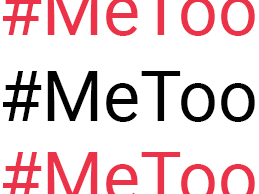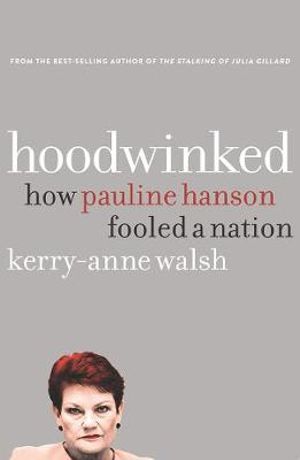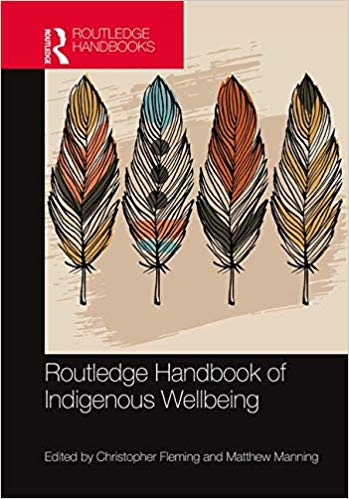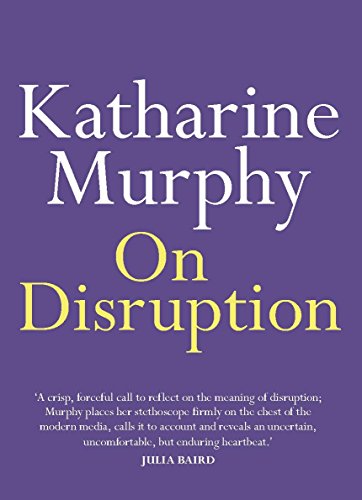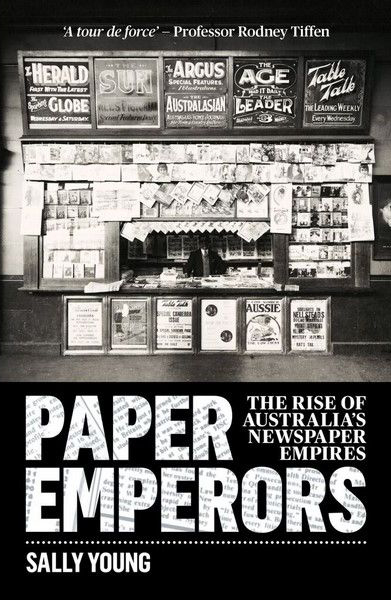Special Issue: Interventions and Intersections Postgraduate Conference 2018
Editorial
Hart Cohen
Western Sydney University
Welcome to our 2019 issue of the Global Media Journal-Australian Edition. We are in our 12th year of publication having initiated our work in 2007. In this edition, we publish a selection of papers from the annual Interventions and Intersections postgraduate conference of Western Sydney University’s School of Humanities and Communication Arts. In the past we have published papers from this conference – Volume 4, Issue 2: 2010 and Volume 10, Issue 1: 2016. The conference itself has also stood the test of time and is now in its 11th year in 2019. We have a strong commitment to emerging scholarship in our desire that the journal feature young academics in their early stages of research. As always, the work of the journal depends on the generosity of reviewers and the largely volunteer work of academics. I thank the guest editors of this issue, James Gourley and Myra Gurney. Also, thanks to Antonio Castillo Rojas for his editorial assistance with copy and book reviews. Thanks to Tim Dwyer for another chapter of Australia Media Monitor and to our webmaster extraordinaire, Roman Goik. Thanks to all!
October 2019
Guest Editorial
James Gourley
Western Sydney University
Myra Gurney
Western Sydney University
It is with great pleasure that we present this issue of Global Media Journal – Australian Edition which showcases contributions from Western Sydney University’s School of Humanities and Communication Arts (SHCA) postgraduate student cohort. Specifically, the first five papers were first presented as conference papers at the School’s 2018 postgraduate student conference: ‘Interventions and Intersections: Fostering Research Communities’. The 2018 conference represented the 10th anniversary of the event: we congratulate all at WSU who have ensured that this vital event continues to run year-on-year! This annual conference is committed to presenting a showcase of HDR research being conducted within the postgraduate program of the SHCA, one that incorporates a diverse range of complex and intertwining disciplinary contexts. That it is to say that WSU researchers are committed to inter- and multi-disciplinary research – and 2018 was no different. The annual conference encourages HDR students to draw on their evolving PhD research to present on a broad array of topics and across fields from philosophy to music therapy to language acquisition. This issue of GMJ-AU showcases five of the best papers presented at the 2018 event. These papers – on literature, ceramics, sociology and the interrelation of artistic and pedagogical practice – are a testament to the breadth and quality of HDR research being conducted within the School.
This edition begins with Fatima Tefaili’s article, ‘The motifs of the Arabesque in Pale Fire’ and presents an account of the history of the ‘literary arabesque’. This assemblage – derived from Middle Eastern and Arabic design traditions which have been gradually incorporated into literary practice – denotes a number of attributes, including symmetry and repetition. Tefaili illustrates these concepts in action in Vladimir Nabokov’s 1962 experimental novel Pale Fire thus drawing together previous approaches to the text and extending its interpretation.
Karen Weiss documents her creative research practice in ‘It’s not what I expected: Encountering the serendipitous in qualitative research fieldwork’. Weiss adopts an open-minded and optimistic approach to her research which pertains to ceramics practices in two very different cultural settings: Central Australia and Japan. Weiss writes of the interminglings possible in any research experience and argues for this orientation as integral to the serendipitous encounter that is research.
In ‘Rethinking feminist activism in the digital era: A case study of a social media campaign from Bangladesh’, Arunima Das provides an account of how a group of Bangladeshi women sought to alleviate the almost-inescapable sexual harassment suffered by women on public bus services via the embrace of, and agency afforded by, a social media platform. Her article describes the history and specific instances of the abuse many women regularly suffer, and then chronicles their response. After forming an alliance on social media, they sought to develop a women’s-only bus service to free themselves from these encounters. Das documents the lack of support – from government and NGOs alike – and concludes that while the movement failed in this particular instance, these approaches hold out hope for affirmative action in the near future.
Janet Saunders describes her own creative journey in ‘Finding a way through drawing: The evolution of a thesis’. Saunders describes how her journey from industry graphic designer has been translated into her classroom as a teacher of design practice. Despite her students’ initial reluctance to draw and sketch, Saunders’ article presents a compelling case for the utility of these skills in facilitating both insight into the kernels of creative practice and in encouraging the flow of the ‘creative juices’.
In ‘Restorative fiction in the postwar rebuilding of Britain: Ian Fleming’s Casino Royale and Dr. No’, Kerry Henderson analyses two of the much-loved James Bond novels for their political consequence in post-war Britain. Arguing that the UK during that period was in dire need of positive reinforcement, Henderson reads the Bond novels as providing a form of escapism or ‘restorative fiction’: whether in the tone of the novels themselves, or the fantasies they enabled – especially around food (strictly rationed post-War) and selfhood more generally.
Finally, while not presented at the conference, we are pleased to publish a well-researched and timely paper from Louise Koschmann, a Masters student from RMIT. Her paper is titled ‘It takes a brave woman to speak up’, and presents the results of an extensive analysis of media framing of two high profile Australian sexual harassment cases: Mark McGuiness, former CEO of David Jones and actor and performer, Craig McLachlan. Koschmann concludes that ‘the extent to which #MeToo … encouraged women to bypass traditional media and publicly share their experiences of workplace sexual harassment in their own words on social media, has changed the traditional media’s framing of women remains a gap in current Australian media studies.’ This is a very timely piece.
As can be seen in this collection, the articles presented take diverse approaches to their subjects and work capably within and across disciplinary expectations. What relates the five articles is their commitment to a clear and approachable dissemination of their research findings.
As is our practice at GMJ, this edition is soundly rounded off with a range of book reviews from students and academics within SHCA and colleagues at RMIT University in Melbourne. We are also privileged to be able to include an update on all matters media from Associate Professor Tim Dwyer from the University of Sydney.
In conclusion, thanks must go to the editorial panel of GMJ-AU including Professor Hart Cohen, Dr Antonio Castillo and our wonderful webmaster Roman Goik. We also extend our thanks to our Dean and Deputy Dean, Professor Peter Hutchings and Associate Professor Matt McGuire, for their support as we have put this issue together. It has been a pleasure to assemble this issue, and we thank GMJ-AU for their commitment to the ‘Interventions and Intersections’ event, and to this forum.
Guest Editors
James Gourley and Myra Gurney
Western Sydney University
About the Guest Editors
Dr James Gourley is a Senior Lecturer in English at Western Sydney University, where he is a member of the Writing and Society Research Centre. His research addresses modern and contemporary literature.
Email: j.gourley@westernsydney.edu.au
Dr Myra Gurney is a Lecturer at Western Sydney University where she teaches into the Bachelor of Communication. She has been a member of the editorial panel of GMJ-AU since its inception. Her research interests are varied, and she remains keenly interested in teaching professional writing skills in innovative ways. She maintains a keen interest in politics and in the role of language in political communication, and she has co-edited two earlier editions of this journal with these themes. Her recently completed PhD thesis was titled ‘The great moral challenge of a generation: The language, discourse and politics of the climate change debate in Australia 2007-2017’.
Postgraduate Submissions
-

Alternative Media and Mediated Political Participation: A Conceptual Discussion
Philip Onguny
Read Abstract Read Article
Saint Paul University

The motifs of the arabesque in Pale Fire
Fatima Tefaili
Read Abstract Read Article
Western Sydney University

It’s not what I expected: Encountering the serendipitous in qualitative research fieldwork
Karen Weiss
Read Abstract Read Article
Western Sydney University

Rethinking feminist activism in the digital era: A case study of a social media campaign from Bangladesh
Arunima Kishore Das
Read Abstract Read Article
Western Sydney University
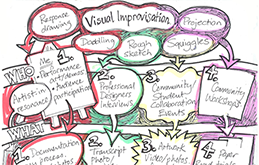
Finding my way through drawing: The evolution of a thesis
Janet Saunders
Read Abstract Read Article
Western Sydney University
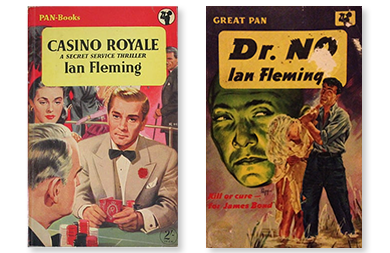
Restorative Fiction in the Postwar Rebuilding of Britain: Ian Fleming’s Casino Royale and Dr. No
Kerry Henderson
Read Abstract Read Article
Western Sydney University
Book Reviews
-
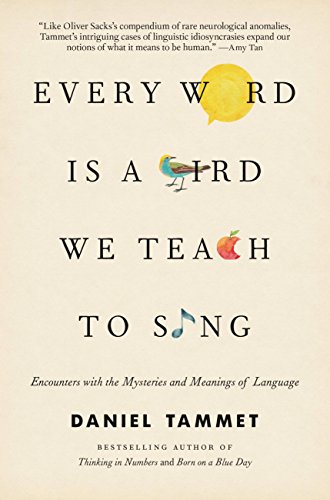
Every Word Is a Bird We Teach to Sing: Encounters with the Mysteries and Meanings of Language.
Amanda Tink
Read Review
Western Sydney University

